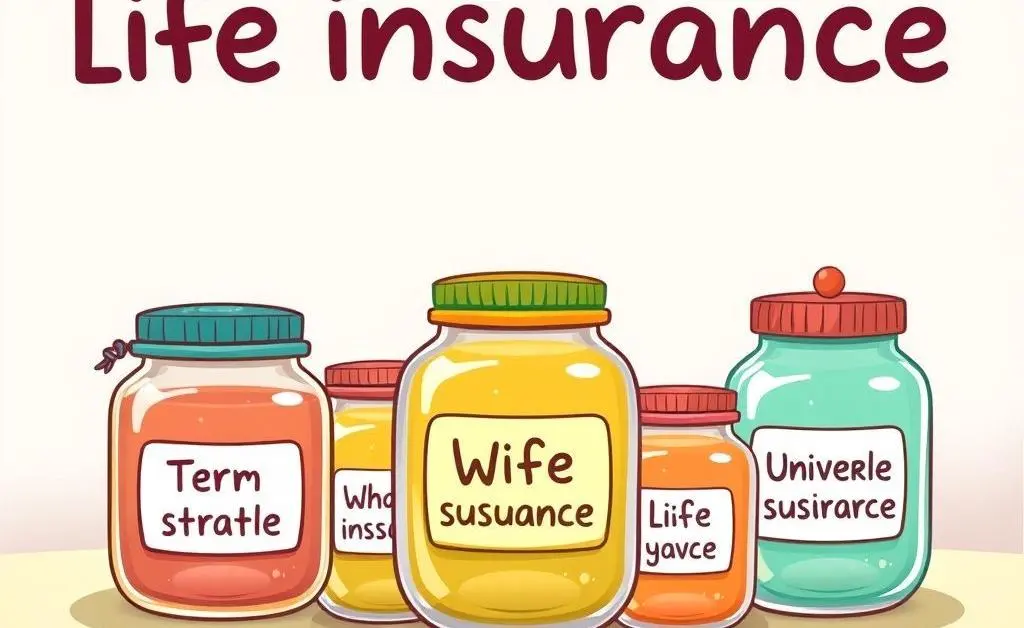A Friendly Guide to Understanding Life Insurance Options
Explore the essentials of life insurance with a friendly and informed guide.

Have you ever found yourself scratching your head over life insurance terms while sipping your morning coffee? You're not alone. Navigating the world of life insurance can feel like deciphering ancient hieroglyphs, but don't worry — I'm here to break it down for you.
Understanding Life Insurance Basics
Let's kick off by addressing the big question: What exactly is life insurance? In simple terms, it's a contract between you and an insurance company. You pay premiums, and they pay out a sum of money to your chosen beneficiaries when you pass away. It sounds straightforward, but the choices can spin you in circles.
Types of Life Insurance
Here are a few options you might encounter:
- Term Life Insurance: Provides coverage for a set term, usually 10, 20, or 30 years. It's often more affordable and straightforward.
- Whole Life Insurance: Permanent coverage with a savings component, but typically pricier.
- Universal Life Insurance: Offers flexibility in premiums and savings, albeit a bit more complex.

Why You Might Need Life Insurance
A friend of mine, Sarah, once joked that her cat would keep her around forever to avoid making new relationships. Unlike Sarah, most of us can't rely solely on feline companionship in our financial planning. Consider these factors:
- If you have dependents relying on your income.
- If you're juggling a mortgage or substantial debt.
- If you want to cover funeral costs and estate taxes.
Tailoring Your Coverage
Everyone's insurance needs differ. When considering a policy, think about what makes you sleep easier at night. Do you want to leave a financial cushion for your kids' education, or perhaps you wish to ensure your partner won't face mortgage issues? Weigh your options and don't be afraid to ask an insurance professional for clarity.

How Much Coverage Do You Need?
Calculating the right amount of life insurance isn't an exact science, but a ballpark figure can go a long way. Consider:
- Your current debt and daily living expenses.
- Future financial goals like college tuition or retirement.
- Any end-of-life expenditures.
The rule of thumb? Multiply your annual income by 10, though personal circumstances can shift this up or down.

In Conclusion
Deciding on life insurance is a blend of planning, budgeting, and acknowledging what security means to you. So, as you sip on that coffee and ponder life's big questions, remember that taking this step is just one way to protect what matters. What factors do you weigh when considering life insurance?




